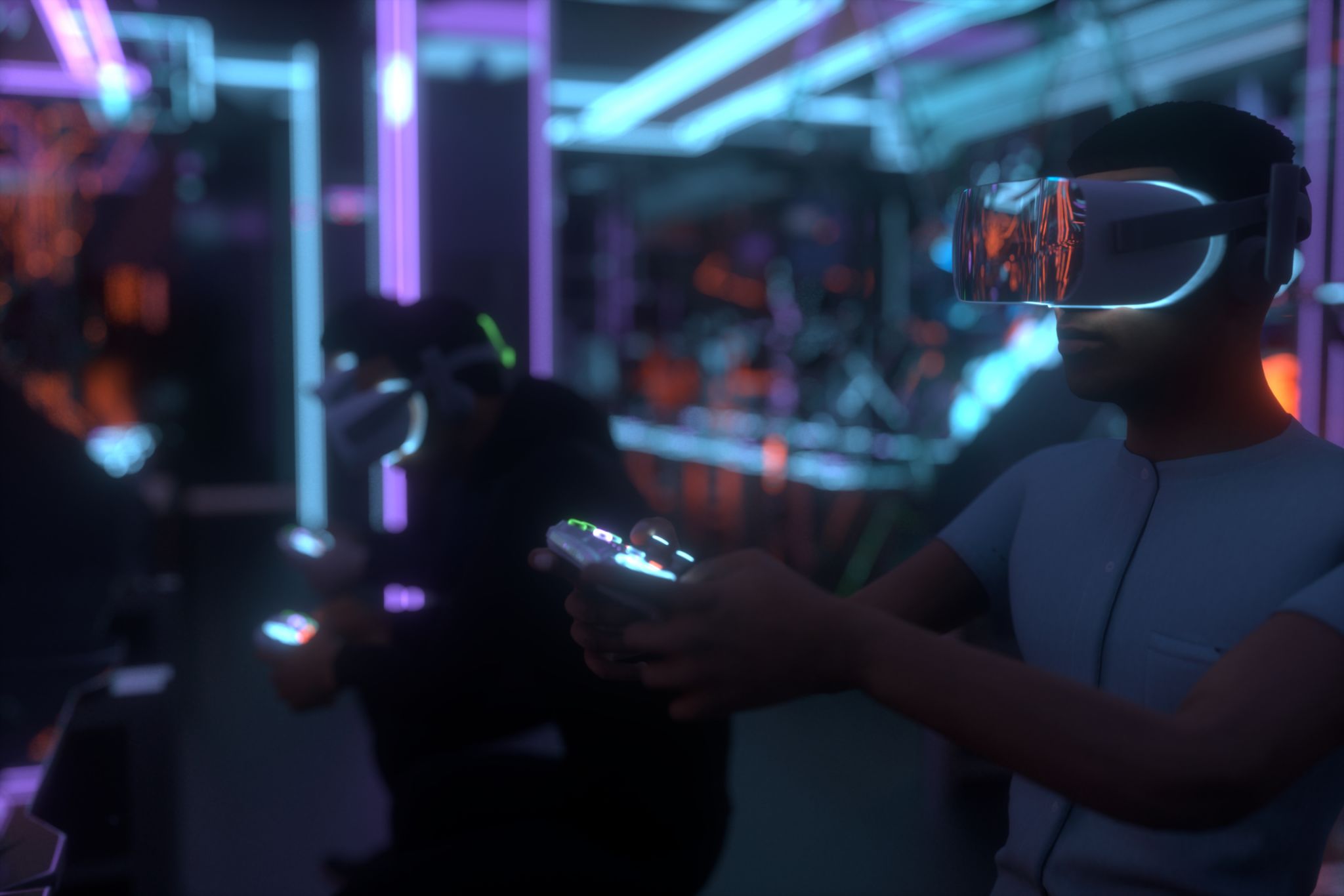The Evolution of Zombie AI in VR Games: A Look at Facility 13
The Rise of Zombie AI in Virtual Reality
The landscape of gaming has evolved significantly over the years, with virtual reality (VR) at the forefront of this transformation. One of the most intriguing developments is the creation of sophisticated zombie AI in VR games. A standout example in this realm is "Facility 13," which has set a new standard for immersive horror experiences.
In the early days of VR, zombie games often relied on simple, predictable AI that followed basic algorithms. Players quickly learned to anticipate their movements, which diminished the fear factor. However, as technology advanced, so did the complexity of AI, leading to more unpredictable and engaging gameplay.

Key Features of Facility 13
"Facility 13" pushes the boundaries of what players can expect from a zombie VR game. The developers have implemented cutting-edge AI that adapts to player actions and decisions, creating a dynamic and terrifying experience. This adaptability ensures that no two playthroughs are ever the same, keeping players on their toes.
One of the standout features is the zombies' ability to learn from previous encounters. This means that if a player uses a particular strategy too often, the zombies will adjust their behavior to counteract it. Such innovation in AI makes "Facility 13" a benchmark for future VR horror games.
Immersive Environments and Realism
The development team behind "Facility 13" has also focused heavily on crafting realistic environments that enhance the overall experience. The facility itself is a labyrinth of corridors and rooms, each with its own unique challenges and surprises. This attention to detail creates a sense of dread and anticipation as players navigate the eerie setting.

Additionally, the use of advanced graphics and sound design immerses players in a world where every creak and shadow can herald danger. The combination of atmospheric sound effects and lifelike visuals amplifies the feeling of being hunted in real-time.
The Future of Zombie AI in VR
The success of "Facility 13" highlights the potential for even more sophisticated AI in future VR games. Developers are now exploring machine learning algorithms that allow AI to evolve over time, presenting players with an ever-changing challenge. This potential for growth promises a new era of gaming where AI-driven narratives and interactions become the norm.
Furthermore, as VR technology becomes more accessible, it is likely that more developers will experiment with integrating complex AI into their games. This could lead to a surge in VR titles that offer not just horror but also deeply interactive storytelling experiences.

Conclusion
The evolution of zombie AI in VR games represents a thrilling frontier for both developers and players. "Facility 13" exemplifies how far the industry has come, offering a glimpse into what lies ahead. With continued advancements in AI and VR technology, gamers can look forward to increasingly immersive and challenging experiences that push the limits of what's possible in virtual worlds.
As we anticipate these future developments, one thing is certain: the line between reality and virtual reality will continue to blur, offering gamers an unparalleled level of engagement and excitement.